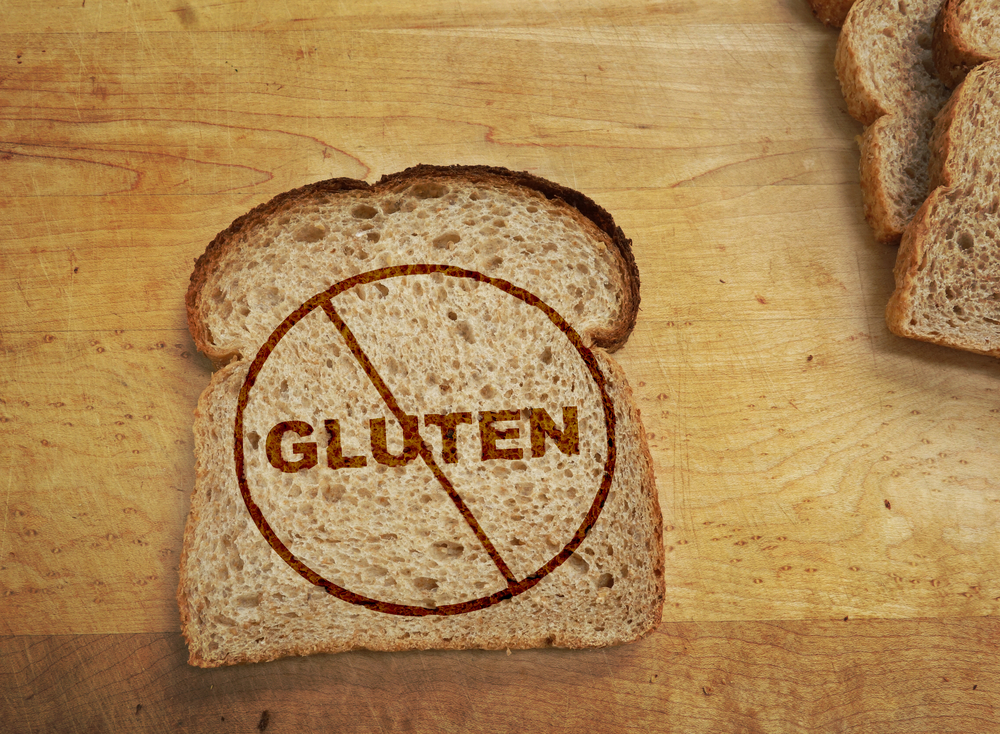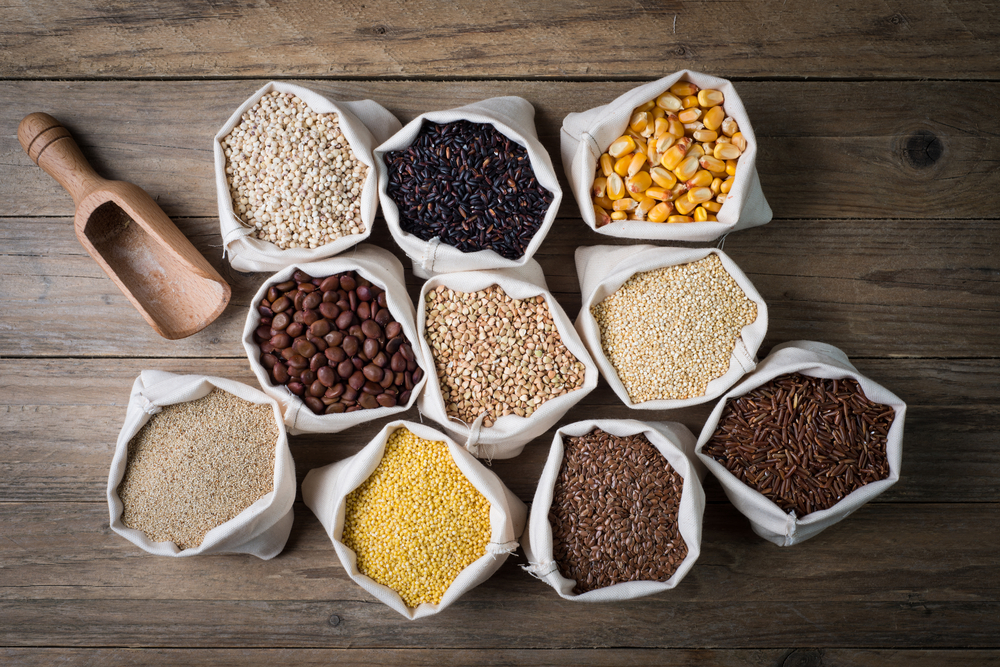Gluten, Gluten Intolerance, and Celiac Disease
Today, there is so much talk about Celiac disease that it seems like a new problem. Really, it has been over a century since Celiac disease was discovered. During World War I, rationing meant that people had to go without wheat for long periods at a time. Suddenly, when the wheat ran out, people who had digestive problems for their whole lives began to feel better. They had gluten intolerance but didn’t know it.
Doctors across the country noticed people feeling better without gluten. From there, Celiac disease was discovered. It turns out that some people cannot digest the gluten in wheat.
For people with gluten intolerance or Celiac disease, certain carbohydrates cause stomach pain and digestive problems. Gluten is a protein complex found in wheat, barley, and rye. Gluten makes up between 50%-80% of the protein in these grains. Some people’s bodies can’t break gluten down. This causes a wide range of symptoms.
It depends on person to person how severe the symptoms of gluten intolerance are. Some people can’t have gluten at all. This is called Celiac disease. They must eat a gluten-free diet or they experience terrible pain. Some people just have a hard time processing gluten. These people are gluten intolerant. They also experience stomach pain but may be able to digest some glutens.
How does gluten work?
Why is it so hard for our bodies to digest gluten? Gluten is the part of grains that holds them together. Gluten, for example, holds wheat flour together so that it can become bread. The bonds that gluten creates are the same bonds that our bodies have a hard time breaking apart.
The bodies of people with Celiac disease or gluten intolerance reject gluten. Their immune systems treat gluten like a foreign invader. It responds by shutting down parts of the intestines. This means that the body cannot absorb nutrients. In addition, the immune reaction to gluten causes terrible irritation to the lining of the stomach. This causes the pain that Celiac disease patients suffer.

Gluten-Free Diets
People with Celiac disease and gluten intolerance usually try to avoid pain and discomfort by switching to a gluten-free diet. This means no wheat, barley, or rye. These are ingredients in many of the normal, everyday foods that we eat. Avoiding them can be difficult and expensive.
However, even with a gluten-free diet, there is still gluten hidden in many foods. While gluten is the problem, the food is the real issue that the person can’t digest. Maybe the important question, is, “Why are some individuals gluten intolerant and others are not?” What are the processes in the body that fail to work in people with gluten intolerance? Why don’t they work the same way in people with Celiac disease and gluten intolerance? By finding and treating the root of the problem, quality of life can improve significantly.
Is the answer to stay away from gluten entirely? It can be hard to do. Americans eat so many meals outside of the home these days. Controlling the food you eat is much harder at restaurants than at home. It is hard to eat out when there are no gluten-free options. It is even harder to know how much gluten is in the foods you eat. Often, gluten-free options are much more expensive than other food.
Enzyme treatment
For patients with Celiac disease or gluten intolerance, there is another answer. It works by fixing the root of the problem instead of just avoiding it. A holistic approach to Celiac disease and gluten intolerance treats the body as a system. Your practitioner can help you find a way to compensate for your body’s gluten intolerance.
Here’s how it works. Enzymes cause chemical reactions in our bodies. Different enzymes tell our bodies to react in certain ways. For instance, as we eat, enzymes tell our intestines that it is time to process food.
Amylase is one of three major digestive enzymes. There are two others, protease and lipase. Together with amylase, these enzymes make our bodies ready to absorb food. Each one has a different job. Protease digests protein. Lipase digests fats.
Amylase is the enzyme that causes our bodies to digest carbohydrates. This is what makes amylase so important for patients with celiac disease or gluten intolerance. Amylase is what tells our bodies how to process carbohydrates, and thus glutens.
When amylase is taken at the start of a meal, it helps to pre-digest any carbohydrate. This includes gluten. It gives your body a head start in processing the gluten in foods. While not completely overcoming gluten intolerance, it makes it much easier to manage. It helps in reducing pain, bloating, and intestinal inflammation that Celiac disease is known for. Taking amylase at the start of a meal can give you an added edge in keeping your symptoms under control.
Holistic medicine sees the body as a whole. It changes the processes that are behind illness, not just the symptoms. This can mean a much better quality of life for sufferers of Celiac disease and gluten intolerance.
Make an appointment at Chiropractic Health and Acupuncture today and begin your journey towards wellness.
